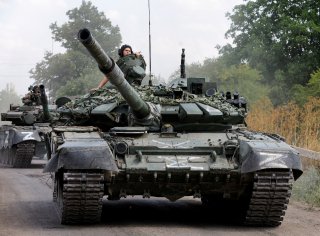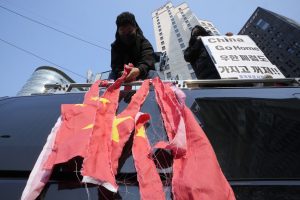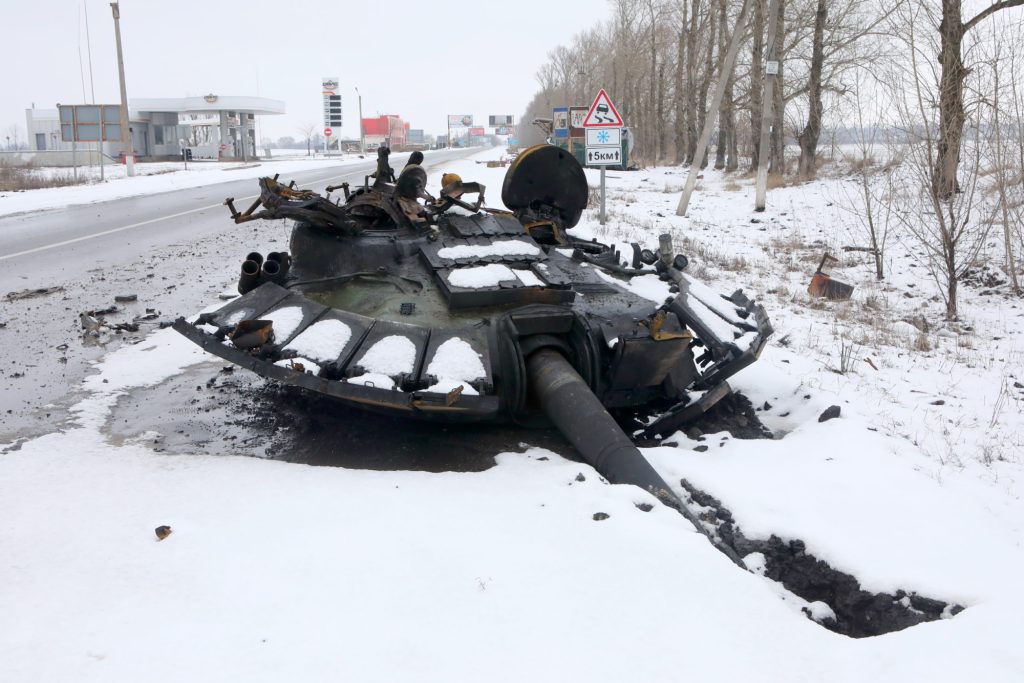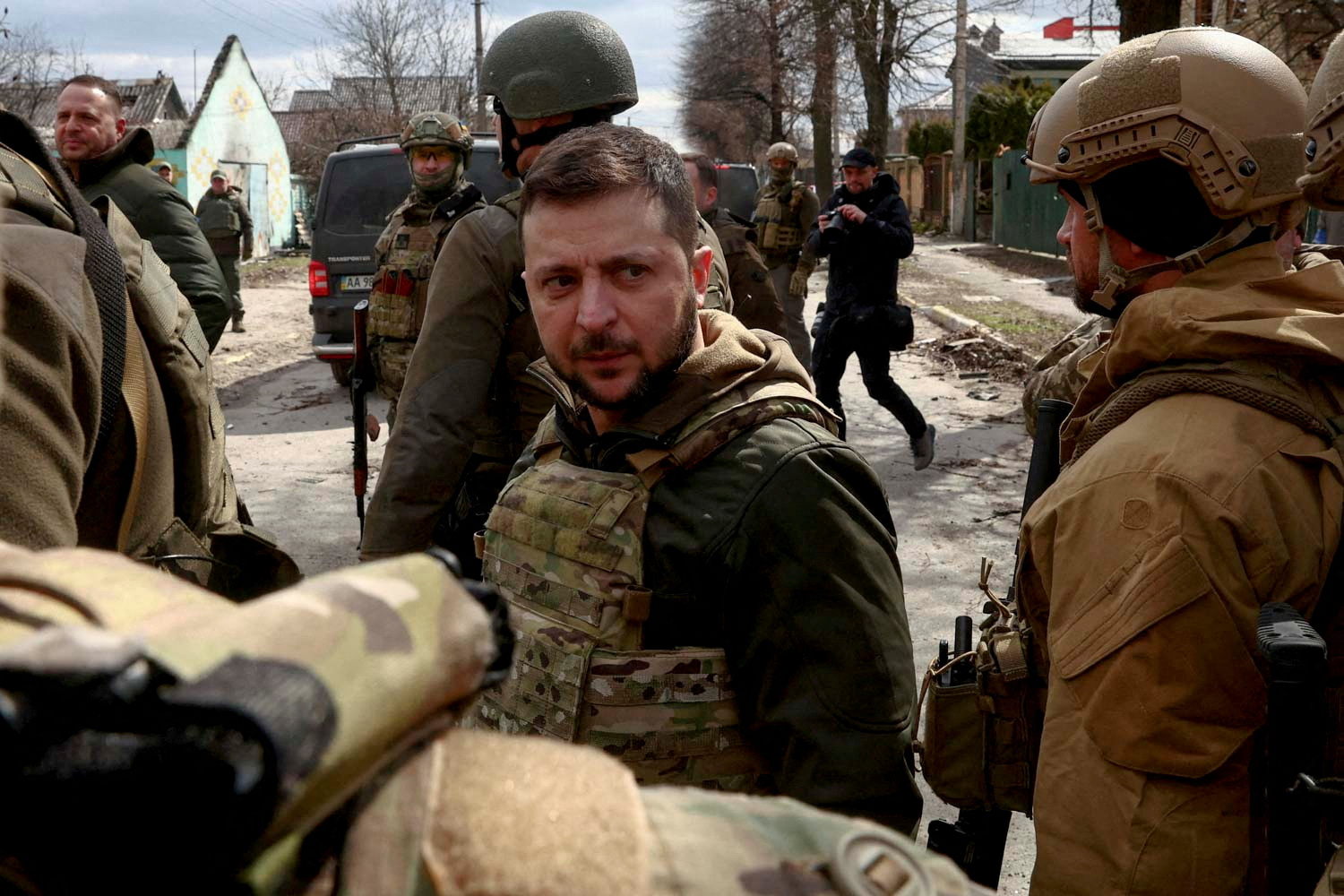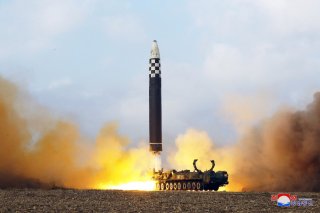Chietigj Bajpaee

India is in the global limelight as it takes on the presidency of the G-20 and completes a two-year stint on the United Nations Security Council. It also took over the presidency of the Shanghai Cooperation Organization in September, the same month it hosted a meeting of senior Quad officials.
However, it is important to recognize that we have been here before. The world was touting India’s moment during the economic liberalization under Prime Minister Narasimha Rao (1991-96), the bolder foreign policy of Prime Minister Atal Bihari Vajpayee (1998-2004), and the country’s near double-digit growth during the early years of Prime Minister Manmohan Singh (2004-14).
Much of the reason for India being unable to live up to its global potential is that economic reform has historically been the weakest link of New Delhi’s external engagement. While India escaped the shackles of the infamous “Hindu rate of growth” in the post-Cold War period, it continued to face an equally cumbersome “Indian rate of policymaking” rooted in problems of bureaucratic inertia and poor inter-ministerial coordination.



